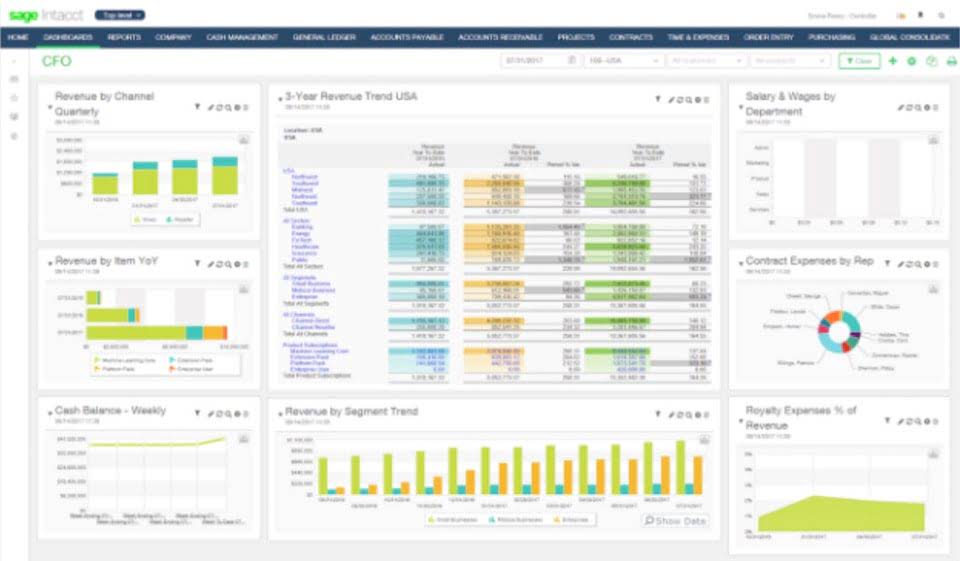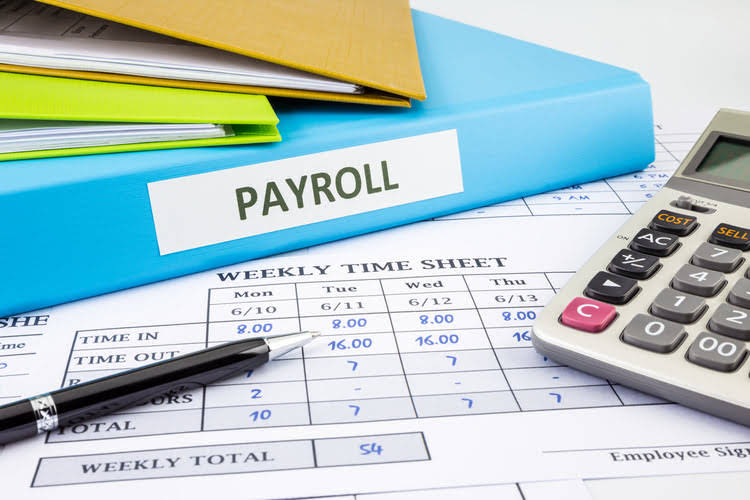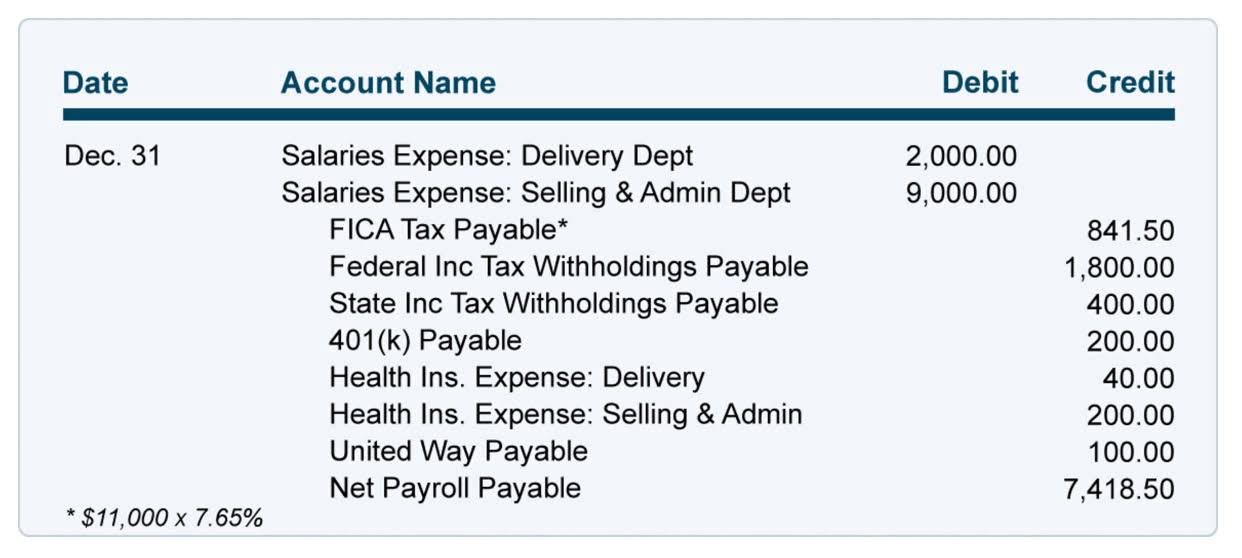
Using an average of outstanding shares can provide an accurate picture of the earnings for the company. Over the course of a reporting period—most often a fiscal year—the total number of common shares in circulation increases and decreases multiple times for most public companies. A company’s number of shares outstanding is used to calculate many widely used financial metrics.
What is your current financial priority?
- For information pertaining to the registration status of 11 Financial, please contact the state securities regulators for those states in which 11 Financial maintains a registration filing.
- An additional metric used alongside shares outstanding is a company’s “float,” which refers to the shares available for investors to buy and sell on the open market.
- The term outstanding shares refers to a company’s stock currently held by all its shareholders.
- This is because the total number of outstanding shares will change over time.
- All of our content is based on objective analysis, and the opinions are our own.
- Ariel Courage is an experienced editor, researcher, and former fact-checker.
- But the supply of shares in the market can have a bearing on trading dynamics.
Notably, stock splits and reverse stock splits significantly influence the number of outstanding shares. The weighted average shares outstanding figure smooths out this variance, by simply averaging the share count across the reporting period. This is a figure calculated by the company itself; investors literally do not have the access to the data required.
What weighted average is, how to calculate it, and how it compares to simple average.

The first of these, unrestricted shares, is also known as “the float.” These are the shares that can be actively traded on the open market. Understanding a company’s financials is crucial to successful investing. The life of common stock goes through a few phases, and understanding each step is important for putting the common-stock-outstanding number into proper perspective. A publicly-traded company can directly influence how many shares it has outstanding. Enter each stock transaction that occurred between the beginning and end dates selected at the top of the calculator — in chronological order. Note that you can edit or delete each entered transaction by selecting it from the list and clicking either the “Save Changes” or “Delete” button.
How to Calculate Weighted Average Shares Outstanding
For example, a company might authorize 10 million shares to be created for its IPO, but end up actually only issuing nine million of the shares. Overall, the number of shares outstanding, the metrics you can calculate from it, and related metrics — like the float — provide key insights to investors. For example, when shares outstanding are going up, the ownership stake of shareholders is diluted.
To calculate earnings per share, take a company’s net income and subtract preferred dividends. Then divide that amount by the average number of outstanding common shares. Weighted average shares must be used when you want to find out how many common stock were in effect during a specific time frame. Common examples would be calculating the company’s earnings per share or per-day outstanding share. A company that announces a 2-1 stock split as of a certain date doubles its number of shares outstanding on that date. If that event occurs on, say, December 15th of the year, it can distort the company’s apparent number of shares outstanding for the year.
The term “float” refers to the number of shares available to be traded by the public and excludes any shares held by company executives or the company’s treasury. This section provides the sum of the total authorized shares, the total number of shares outstanding, and the total floating shares. The common stock outstanding of a company is simply all of the shares that investors and company insiders own. This figure is important because it translates a company’s overall performance into per-share metrics, making an analysis much easier regarding a stock’s market price at a given time. If there are 100 shares outstanding and you buy one, you own 1% of the company’s equity. The number of shares outstanding increases whenever a company undertakes a stock split.

- On the other hand, while the figure is accurate, the trailing EPS is often considered old news.
- Among investors, it is most relevant to those who compile a position in a stock over a long period of time, buying on the dips and holding the shares.
- This can often be found in a company’s financial statements, but is not always readily available — rather, you may see terms like “issued shares” and “treasury shares” instead.
- Investors can compare the EPS of Bank of America with other financial institutions, such as JP Morgan Chase (JPM) or Wells Fargo (WFC), to get an idea of relative financial strength.
- The number of shares outstanding in a company will often change due to a company issuing new shares, repurchasing shares, and retiring existing shares.
A recent example of a reverse stock split is General Electric’s (GE) 1-for-8 reverse stock split during the summer of 2021. Many companies decide to do a stock split to make their stock more affordable for a broader range of investors and to improve liquidity. The float is the portion of outstanding shares that’s most relevant for smaller investors. First, the board of directors authorizes the company to issue a certain number of shares. The company hasn’t taken action yet; it’s just gotten approval to take action and sell some shares if it chooses to. As an example, let’s say that a fictional business, the Helpful Fool Company, has authorized 5,000 shares.
This measurement figures into the earnings portion of the price-earnings (P/E) valuation ratio. The P/E ratio is one of the most common ratios utilized by investors to determine whether a company’s stock price is valued properly relative to its earnings. how to calculate outstanding shares of common stock The numerator in the earning per share (EPS) formula is net income from the income statement, which tracks the financial performance of a company over a period of time. Treasury stock consists of shares that the company has acquired in a buyback.

Understanding Shares Outstanding
Companies that have publicly traded stocks in the United States are required to file public financial disclosures to the Securities and Exchange Commission (SEC) which include the company’s balance sheet. You can also find the company’s balance sheet in its annual report, which can often be found on the company’s website. The following results from the calculator on this page show how the weighted average calculation more accurately reflects the day-to-day average of outstanding shares.

Before grouping the shares, they all must be converted to the same type. Thus, the situation during the year was equivalent to having 111,000 shares outstanding throughout the year. Group 2 consists of the 8,000 shares outstanding from 1 April to the end of the year and group 3 is the 12,000 shares outstanding from 1 April to 31 August. The weighting of each group by the fraction of the year it was outstanding is shown below.
